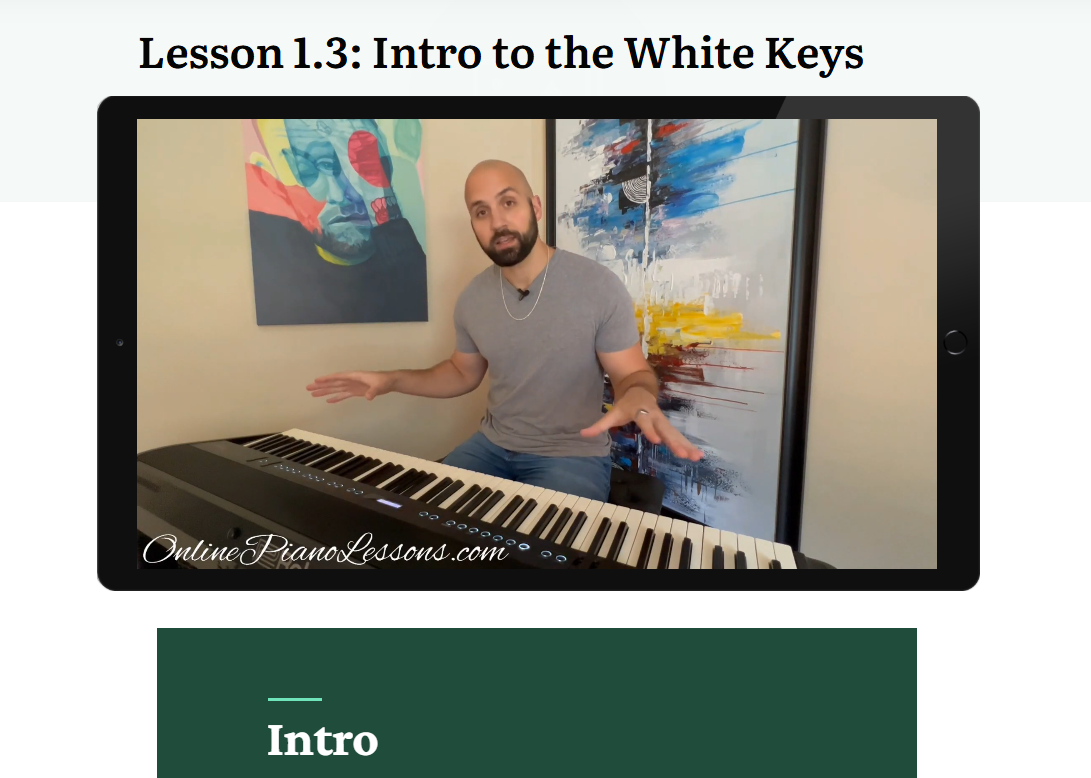Few instruments hold the same majesty as the piano. Its vast range, ability to blend melody and harmony, and expressive depth make it a centerpiece of music across genres. But like any finely crafted instrument, a piano must be properly maintained.
One of the most important aspects of that maintenance is tuning. If you’ve ever wondered how to tune a piano, whether a grand or an upright, this guide will walk you through everything you need to know about piano tuning, why it matters, and how often you should do it.
Quick Preview: This definitive guide explains how to tune a piano—both grand and upright—covering the essential tools, a clear step-by-step tuning workflow, maintenance schedules, and guidance on when to hire a pro. It also includes practical safety tips and troubleshooting so your piano tuning efforts keep the instrument sounding its best.
What Is Piano Tuning?
At its core, piano tuning is the process of adjusting the tension of each string inside the instrument so that it produces the correct pitch. A standard piano has 88 keys and around 230 strings, each under high tension. Over time, these strings shift slightly due to humidity, temperature, and regular playing. As a result, the piano begins to drift out of tune, making music sound dissonant or flat.
Learning how to tune a piano is as much about science as it is about art. While there are standard pitches to aim for, the human ear and careful listening play just as important a role in fine adjustments.
Why Pianos Go Out of Tune
Even if you don’t play your piano often, it will naturally drift out of tune. Here are the most common reasons:
- Temperature changes – Wood expands and contracts with heat and cold, altering string tension.
- Humidity fluctuations – High humidity causes swelling, while dry air causes shrinking. Both affect tuning stability.
- Regular playing – Heavy playing puts stress on the strings and hammers, which can gradually pull the piano out of tune.
- Moving the piano – Relocating it, even across the room, can disturb its tuning.
Understanding these factors will help you appreciate why consistent piano tuning is essential.
Tools Needed to Tune a Piano
Before learning how to tune a piano, you’ll need a few specialized tools:
- Tuning hammer (wrench) – Used to adjust string tension.
- Mutes – Rubber wedges to silence strings so you can focus on one at a time.
- Electronic tuner or tuning app – To help measure pitch accuracy.
- Patience – Because piano tuning can take several hours, especially for beginners.
Professional tuners also use advanced tools like temperament strips, but for a beginner, the basics above are a good start.
How to Tune a Piano Step by Step
Learning how to tune a piano yourself takes time and practice, but here’s the general process:
1. Prepare the Piano
Open the lid and remove the music desk so you can access the strings. Make sure the room is quiet, as background noise will interfere with your ability to hear subtle pitch differences.
2. Understand the Strings
Each note (except the very lowest and highest) has two or three strings that must be tuned to the same pitch. This adds complexity to the tuning process, as every string must match precisely.
3. Tune the Middle Octave First
Start with A440 (the A above middle C), which is the standard reference pitch. Work through the middle octave first, as it sets the foundation for the rest of the piano.
4. Mute Extra Strings
When tuning a note with multiple strings, mute all but one so you can tune them individually. After tuning the first string, unmute and carefully match the others to it.
5. Adjust String Tension
Place the tuning hammer on the tuning pin and make small, precise movements. Even the slightest adjustment changes the pitch, so avoid over-rotating.
6. Work Outward
Once the middle octave is in tune, move outward to higher and lower notes, using octaves to check accuracy. Slowly build until all 88 keys are balanced.
Should You Tune a Piano Yourself?
Many piano owners wonder if learning how to tune a piano is realistic or whether it’s better left to professionals. The truth is: while it’s possible to learn, it’s not easy. Pianos are complex instruments, and improper tuning can damage strings or pins.
If you’re curious, experimenting on an old piano is a good starting point. But for most players—especially those with valuable instruments—hiring a professional piano tuner is the safest option. Professionals not only tune but also inspect the piano for potential mechanical issues.
How Often Should You Tune a Piano?
Most experts recommend piano tuning at least twice a year. However, this can vary depending on your situation:
- New pianos often require tuning 3–4 times in the first year as the strings settle.
- Regularly played pianos should be tuned every 6 months.
- Lightly used pianos may only need annual tuning.
- Concert pianos are tuned before every performance.
Consistency is key. Skipping tunings can cause the piano to drift so far out that it takes longer and costs more to bring it back in tune.
Grand vs. Upright Piano Tuning
Whether you’re learning how to tune a piano at home or hiring a technician, the type of piano matters.
- Grand pianos – Because of their horizontal string layout, they are slightly easier to access and tune, though they still require skill and patience.
- Upright pianos – The vertical design makes them more compact, but it can also make accessing certain strings more challenging.
In both cases, the tuning process is the same—it’s the accessibility that differs.
The Benefits of Regular Piano Tuning
Beyond just keeping your piano sounding beautiful, regular tuning provides several long-term benefits:
- Extends the life of your instrument by maintaining proper string tension.
- Prevents structural stress on the soundboard and frame.
- Ensures consistent practice sessions for students and professionals.
- Makes playing piano more enjoyable and inspiring.
When you invest time in piano tuning, you’re also investing in the longevity of your instrument and the quality of your music.
Common Myths About Piano Tuning
- “Pianos only need tuning if played often.”
Not true—environmental factors affect tuning even if the piano isn’t touched. - “Any musician can tune a piano.”
Piano tuning is a specialized skill. Even trained musicians often struggle without proper tools and practice. - “Electronic tuners make piano tuning easy.”
They help, but the ear remains essential for fine adjustments.
Final Thoughts
Learning how to tune a piano gives you insight into the craftsmanship behind the instrument and the effort it takes to keep it sounding its best. While most piano owners will benefit from hiring a professional tuner, understanding the process helps you appreciate your instrument even more. Regular piano tuning ensures that your music will always sound rich, clear, and inspiring—whether you’re practicing scales, playing a Chopin nocturne, or performing on stage.
FAQ: Piano Tuning
How long does it take to tune a piano?
Typically, 1.5 to 2.5 hours, depending on the instrument’s condition.
Can tuning fix all piano problems?
No. Tuning addresses pitch, but issues like sticky keys, buzzing strings, or mechanical wear require repair.
Is it safe to tune my own piano?
Yes, but with caution. If you’re inexperienced, you risk breaking strings or causing damage.
Why is piano tuning so expensive?
You’re paying for expertise, time, and the specialized tools required to maintain a complex instrument.
Do digital pianos need tuning?
No. Digital pianos don’t use strings, so they never go out of tune.





 Hi, I'm Thomas, Pianist Composer,
Hi, I'm Thomas, Pianist Composer,  I love playing piano, creating new melodies and songs, and further developing my online piano course and making updates/additions to my site OnlinePianoLessons.com!
I love playing piano, creating new melodies and songs, and further developing my online piano course and making updates/additions to my site OnlinePianoLessons.com!  Now that is what I call fun!
Now that is what I call fun!





